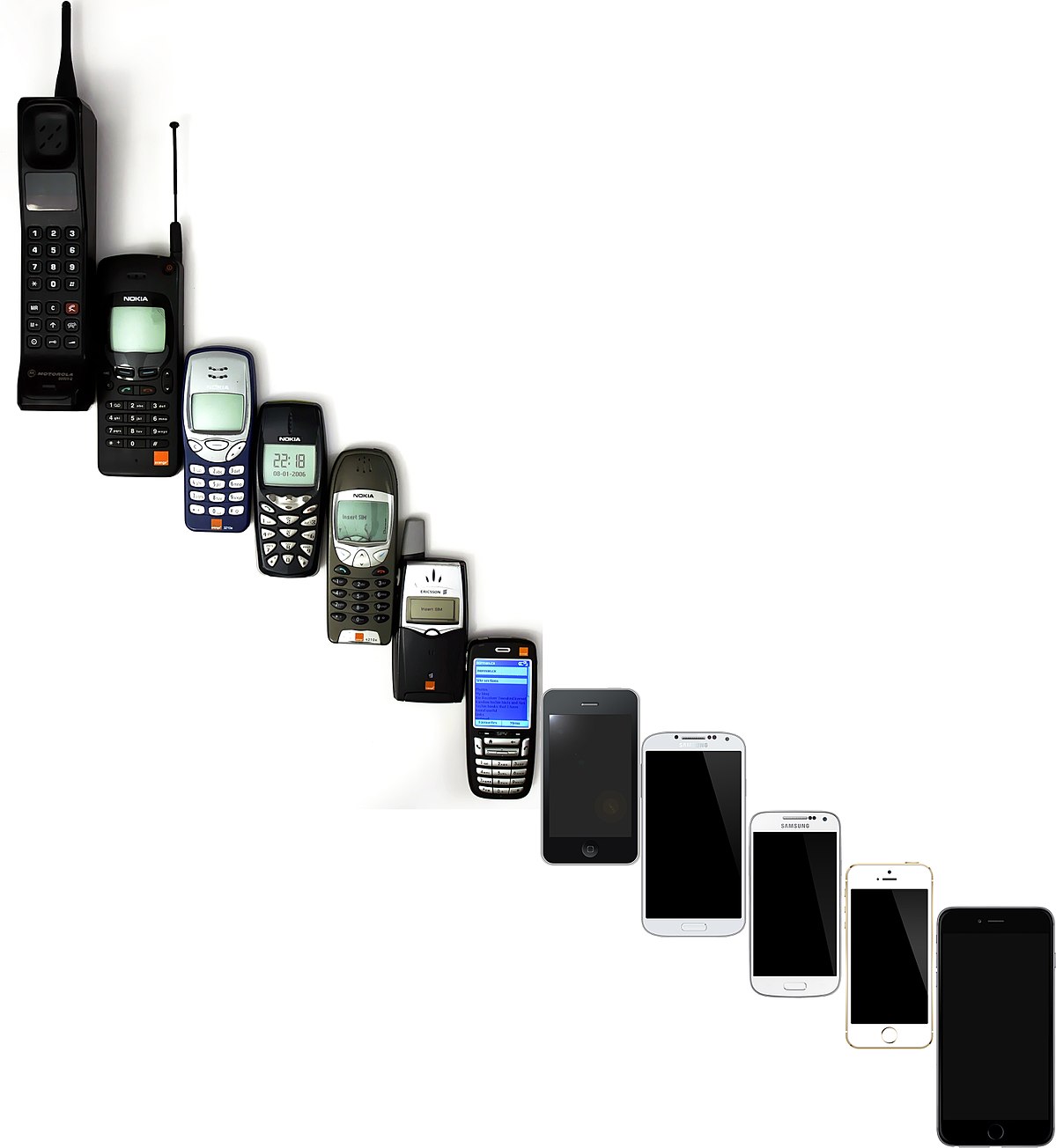The Evolution and Impact of Mobile Phones: A Comprehensive Exploration
Mobile phones have become an integral part of our daily lives, revolutionizing the way we communicate, work, and access information. The journey of mobile phones from their humble beginnings to the sophisticated devices we have today is a fascinating tale of innovation, technological advancements, and societal changes. In this article, we will delve into the evolution of mobile phones, exploring their impact on various aspects of our lives.
I. The Early Days of Mobile Phones:
The concept of a mobile phone dates back to the mid-20th century, but it wasn't until the 1970s that the first practical mobile phone emerged. Martin Cooper, an engineer at Motorola, made the first-ever handheld mobile phone call in 1973. The device, weighing about 2.2 pounds, was a far cry from the sleek and lightweight smartphones we have today.
The 1980s witnessed the commercialization of mobile phones, albeit with limited functionality and widespread adoption. These early devices were bulky, expensive, and primarily used for voice calls. The introduction of 1G (first-generation) cellular networks marked a significant milestone, allowing for better coverage and improved communication capabilities.
II. The Rise of Feature Phones:
The 1990s saw the rise of "feature phones," which offered more than just basic calling capabilities. These devices incorporated simple games, calendars, and rudimentary messaging services. Nokia, with its iconic models like the Nokia 3310, became a dominant player in the market during this era.
The transition from analog to digital networks (2G) further enhanced the reliability and clarity of mobile communication. Short Message Service (SMS) gained popularity, allowing users to send text messages, a feature that laid the foundation for the future of mobile communication.
III. The Smartphone Revolution:
The 21st century ushered in the era of smartphones, marking a paradigm shift in the mobile industry. Apple's introduction of the iPhone in 2007 was a watershed moment. The iPhone combined a sleek design with a touch screen interface, internet browsing capabilities, and a wide range of applications.
Android, Google's open-source operating system, entered the scene, leading to a diverse ecosystem of smartphones. The competition between iOS and Android fueled rapid innovation, resulting in powerful devices with advanced features, high-quality cameras, and expansive app stores.
IV. Impact on Communication:
Mobile phones have transformed the way we communicate. The shift from voice-centric communication to multimedia messaging, video calls, and social media interactions has reshaped personal and professional relationships. Messaging apps like WhatsApp, Telegram, and Facebook Messenger have become ubiquitous, enabling instant communication across the globe.
The rise of social media platforms, accessible through mobile devices, has changed the dynamics of information dissemination. News, trends, and opinions spread rapidly, influencing public discourse and shaping cultural norms.
V. The Mobile Economy:
The mobile industry has become a powerhouse of economic activity. The app economy, driven by millions of developers worldwide, has created a thriving ecosystem. App stores, such as Apple's App Store and Google Play, generate billions of dollars in revenue, providing a platform for developers to showcase their innovations.
Mobile commerce, or m-commerce, has gained momentum, allowing users to shop, bank, and conduct financial transactions using their smartphones. The convenience of mobile payments and digital wallets has transformed traditional banking and retail practices.
VI. Impact on Education:
Mobile phones have also had a profound impact on education. The accessibility of information through the internet, educational apps, and e-books has revolutionized learning. Mobile devices serve as powerful tools for students, providing access to a vast repository of knowledge, interactive learning materials, and collaborative platforms.
Additionally, during the COVID-19 pandemic, mobile devices became indispensable for remote learning. Virtual classrooms, video conferencing, and educational apps played a crucial role in ensuring continuity in education.
VII. Health and Lifestyle:
Mobile phones have become integral to our health and lifestyle choices. Fitness tracking apps, wellness apps, and health monitoring devices connected to smartphones help users manage their well-being. The integration of sensors and wearables has turned mobile devices into personal health assistants, tracking physical activity, sleep patterns, and even stress levels.
However, concerns about the impact of excessive screen time on mental health and well-being have also emerged. Striking a balance between the positive aspects of mobile technology and its potential drawbacks remains a challenge for individuals and society at large.
VIII. The Future of Mobile Technology:
As we look to the future, several exciting developments are on the horizon. The deployment of 5G networks promises faster internet speeds and improved connectivity, unlocking new possibilities for augmented reality (AR), virtual reality (VR), and the Internet of Things (IoT). Foldable and flexible displays are pushing the boundaries of device design, offering users innovative form factors.
Artificial intelligence (AI) and machine learning (ML) are increasingly integrated into mobile devices, enhancing user experiences through personalized recommendations, voice assistants, and predictive features. The intersection of mobile technology with emerging technologies is set to redefine how we interact with the digital world.
Conclusion:
The evolution of mobile phones from basic communication devices to powerful, multifaceted smartphones has been a remarkable journey. These pocket-sized gadgets have not only reshaped the way we communicate but have also permeated every facet of our lives, influencing how we work, learn, shop, and maintain our health.
As we embrace the ongoing technological advancements in the mobile industry, it is essential to reflect on the positive transformations these devices have brought while also considering the challenges they pose. Striking a balance between harnessing the benefits of mobile technology and mitigating its potential drawbacks will be crucial as we continue to navigate the ever-evolving landscape of mobile phones.


























